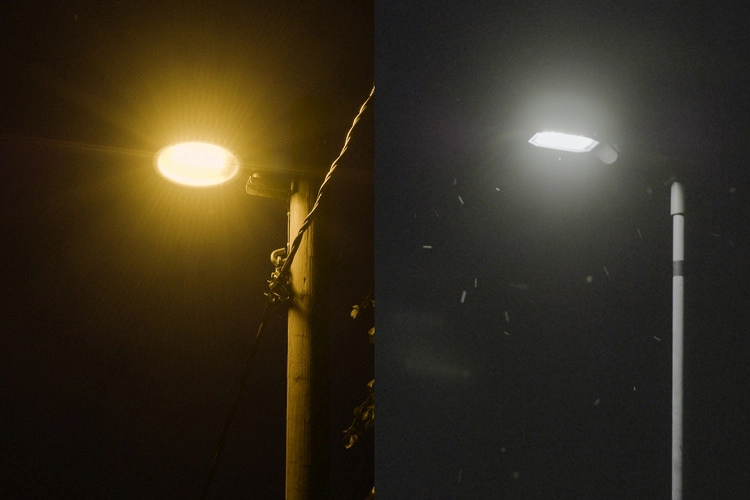
The city of Lahti in Finland makes a remarkable step toward pollinator-friendly street lighting in new pilot scheme
By
You may have thought that moths gathering around a bright light was a good thing – but this phenomenon is indeed harmful, and exactly what the Finnish city of Lahti is tackling in its latest launch of pollinator-safe streetlights.
Recent studies have shown that insects believe this light is actually from the moon and stars – confusing their directional abilities – and ultimately leads to disruptions in natural pollination and tiredness. Installing 12 pollinator-friendly streetlights across a 500-metre-long foopath in the Ritamäki nature reserve, the city hopes to increase pollinator activity.
As pollinators are especially drawn towards light in the blue spectrum, these new pollinator-friendly streetlights automatically filter out the blue spectrum during night time. When the colour spectrum of the light is warm, pollinators are less likely to mistake the streetlights for the night sky, and can pollinate undisrupted.
‘We chose an area with lots of pollinators so that the lights do the most good. If the pilot is successful and cost-effective, we’ll update the lighting in other areas as well,’ said Lahti’s Communications Director, Veera Hämäläinen.
Sixty-two per cent less pollinators visit plants in areas with artificial light, compared to plants that are in the dark. Crucially, this deficit cannot be compensated by daytime pollinators alone.
The city is also organising a ‘Night of the Pollinators’ on 7 September, where citizens are encouraged to turn off their outside lights for the night. Studies show that a reduction in nighttime lighting can help pollinators to focus better on pollination.

‘Let’s give pollinators some peace of night,’ said Hämäläinen. ‘This is a good opportunity to remind homeowners and housing companies to think if they really need their outdoor lights or could they be set on a timer to turn off at some point of the night.’
‘Both pollinators and your wallet will thank you for every outdoor light you turn off,’ Hämäläinen continued.
Related articles:




